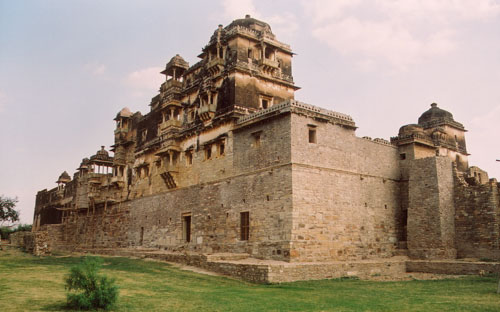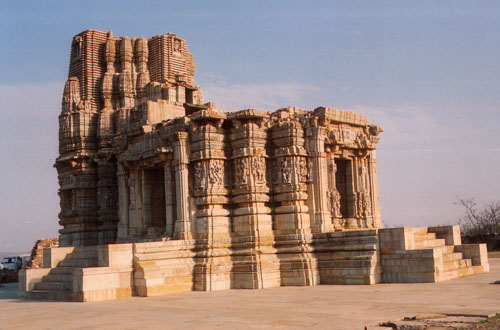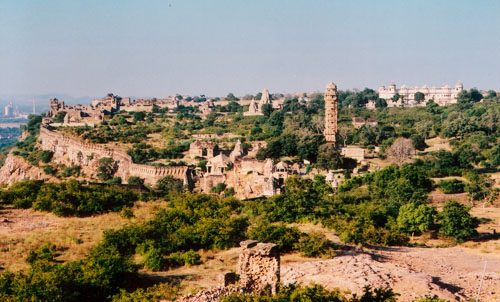Photo


Chittaurgarh Fort, ancient Chitrakuta-durga, is the longest fort of India. The fort has been a witness to the rule of several dynasties such as the Moris or Mauryas (seventh-eighth century A.D.) Pratiharas (ninth century A.D.), Paramaras( tenth-eleventh century A.D.), Solankis (twelfth century A.D.) followed by the Guhilots or Sisodias. It is also famous for its eventful history and as a site of three jauhars. The construction of fort is ascribed to Chitrangada of the Mori dynasty. It comprises of several monuments viz. magnificent temples, towers, palaces, chhatris, mosques, reservoirs and bazars, are datable from seventh-eighth century A.D. to late medieval period. The architectural monuments here mainly belong to the Brahmanical sect but Jaina, Buddhist and Muslim remains are also available.
| Notification No. | Act No. 70 of 1956 dated 15.12.1956 |
| Notification in PDF | |
| Ownership Status | Government |
| Topographical Features | Situated on a hill. |
| 1 | A. Cunningham, Archaeological Survey of India, Reports of a Tour in the Panjab and Rajputana in 1883-84, Vol. XXIII, (reprint, Varanasi 1972); |
| 2 | Chandramani Singh (ed.), Protected Monuments of Rajasthan (Jaipur 2002); |
| 3 | Harphool Sigh’ Chittourgarh ka Kumbhasyam Mandir ‘ Rajasthan Sujas, Yrs. 8, No.2, Feb-March, (Jaipur 1999);( |
| 4 | K.C. Jaina, Ancient Cities and Towns of Rajasthan(Delhi 1972); |
| 5 | R..Nath, Antiquities of Chittorgarh, Vol. I (Jaipur 1984); |
| 6 | R. Nath, Chittorgarh Kirtti-Stambha of Maharana Kumbha(Delhi 1999); |
| 7 | Ratan Chandra Agrawala, ‘Kirti Stambha or Vijayastambha’ in Madhumati (Udaipur 1965); |
| 8 | Sobha Lal Shastri, Chittaurgarh ( Udaipur 1928). |
| Locality | Tehsil | District | State |
| Chittaurgarh Fort | Chittaurgarh | Chittaurgarh | Rajasthan |
District





 By Air : Udaipur
By Air : Udaipur By Bus : Chittaurgarh
By Bus : Chittaurgarh By Train : Chittaurgarh
By Train : Chittaurgarh